Rebirth at 55, thanks to stem cell therapy
Snehlata Shrivastav | TNN | Oct 12, 2017, 02:20 IST
Nagpur: Sanjay Belsare, a retired physics teacher, has no words to express his gratitude for his student Dr Nandini Gokulchandran who has given a new lease of life to his 55-year-old wife Shubhada, who had lost her ability to walk or even talk due to a degenerative neurological disorder in 2007. Not only can Shubhada now walk and talk but she has also overcome the urine incontinence.
Shubhada and her family had lost all hope after consulting allopathic, homeopathic and ayurvedic doctors all of whom told them that there was no treatment for the neurological disorder — Cerebellar Ataxia — which would worsen with time and she had to live with it. They did give her medicines which had little effect. But this wasted her precious five years before she actually learnt about Dr Gokulchandran of the NeuroGen Brain and Spine Institute (NGBSI) in Mumbai who treated the disease using stem cell therapy.
Dr Gokulchandran, who happens to be a product of the Government Medical College and Hospital (GMCH), Nagpur, took this case as a personal challenge and began treating Shubhada. "Belsare sir approached me in 2012. Results were seen within about six months. Though the improvement was gradual, getting back the patient speak and regaining the ability to control urine gave the much needed relief. In another few months, Shubhada began to walk with support. She came back to me for the second round of stem cell therapy this year and now she is doing well," Dr Gokulchandran said.
Belsare told TOI that when he first came to know about Dr Gokulchandran he was delighted to realize that she was his student. "She has done her job of giving gurudakshina very well. I cannot but thank her. My wife too is all praise for her," he said.
Ataxia is basically lack of muscle control during voluntary movements such as walking or picking up objects. Damage, degeneration or loss of nerve cells in the part of the brain that controls muscle coordination (cerebellum) results in ataxia. Diseases that damage the spinal cord and peripheral nerves that connect cerebellum to the muscles may also cause ataxia.
Dr Gokulchandran, who is deputy director and head of medical services, NGBSI, said causes of ataxia include head injury, trauma, stroke, cerebral palsy, multiple sclerosis, tumour or exposure to toxic chemicals. Ataxia can develop over time or suddenly. The common symptoms of ataxia include poor coordination, unsteady walk and a tendency to stumble, difficulty with fine motor tasks, such as eating, writing or buttoning a shirt, change in speech, involuntary back-and-forth eye movements (nystagmus) and difficulty swallowing.
Shubhada and her family had lost all hope after consulting allopathic, homeopathic and ayurvedic doctors all of whom told them that there was no treatment for the neurological disorder — Cerebellar Ataxia — which would worsen with time and she had to live with it. They did give her medicines which had little effect. But this wasted her precious five years before she actually learnt about Dr Gokulchandran of the NeuroGen Brain and Spine Institute (NGBSI) in Mumbai who treated the disease using stem cell therapy.
Dr Gokulchandran, who happens to be a product of the Government Medical College and Hospital (GMCH), Nagpur, took this case as a personal challenge and began treating Shubhada. "Belsare sir approached me in 2012. Results were seen within about six months. Though the improvement was gradual, getting back the patient speak and regaining the ability to control urine gave the much needed relief. In another few months, Shubhada began to walk with support. She came back to me for the second round of stem cell therapy this year and now she is doing well," Dr Gokulchandran said.
Belsare told TOI that when he first came to know about Dr Gokulchandran he was delighted to realize that she was his student. "She has done her job of giving gurudakshina very well. I cannot but thank her. My wife too is all praise for her," he said.
Ataxia is basically lack of muscle control during voluntary movements such as walking or picking up objects. Damage, degeneration or loss of nerve cells in the part of the brain that controls muscle coordination (cerebellum) results in ataxia. Diseases that damage the spinal cord and peripheral nerves that connect cerebellum to the muscles may also cause ataxia.
Dr Gokulchandran, who is deputy director and head of medical services, NGBSI, said causes of ataxia include head injury, trauma, stroke, cerebral palsy, multiple sclerosis, tumour or exposure to toxic chemicals. Ataxia can develop over time or suddenly. The common symptoms of ataxia include poor coordination, unsteady walk and a tendency to stumble, difficulty with fine motor tasks, such as eating, writing or buttoning a shirt, change in speech, involuntary back-and-forth eye movements (nystagmus) and difficulty swallowing.
Get latest news & live updates on the go on your pc with News App. Download The Times of India news app for your device.
From around the web
More from The Times of India
From the Web
More From The Times of India
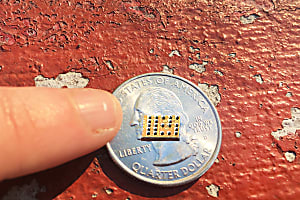
This $7 Tech Stock is Set to Soar Oct. 15th
Sovereign Investor Subscription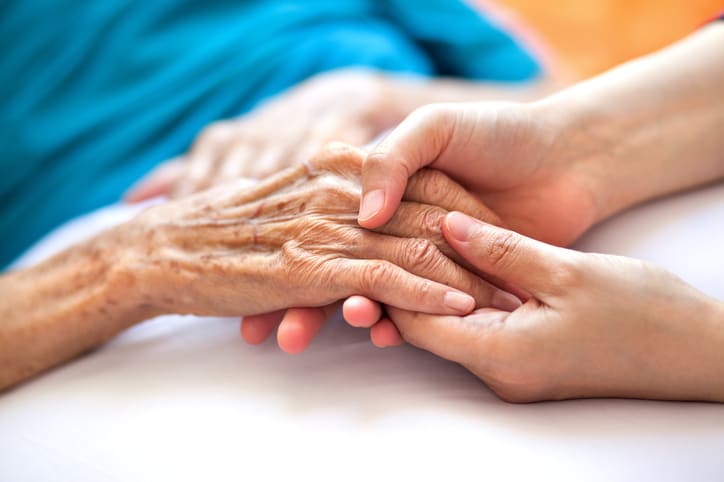
Rheumatoid Arthritis Answers Might Surprise You
Rheumatoid Arthritis Treatment | Sponsored Links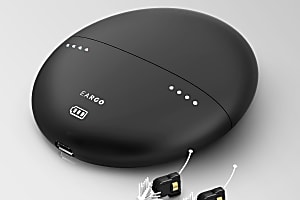
Experts Call This the Hearing Aid of the Future
Eargo Plus Hearing Aids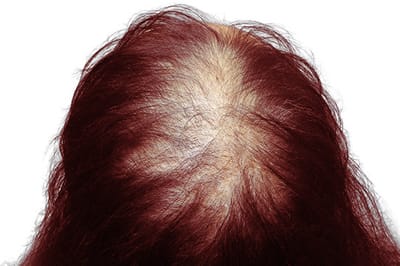
How to “Fix” Hair Loss at Home
JuveTress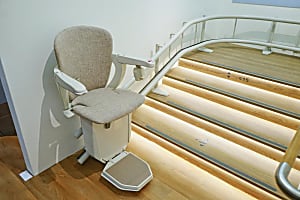
Have You Seen The New 2017 Stair Lifts?
Stairlift | Sponsored Links







































All Comments ()+^ Back to Top
Refrain from posting comments that are obscene, defamatory or inflammatory, and do not indulge in personal attacks, name calling or inciting hatred against any community. Help us delete comments that do not follow these guidelines by marking them offensive. Let's work together to keep the conversation civil.
HIDE